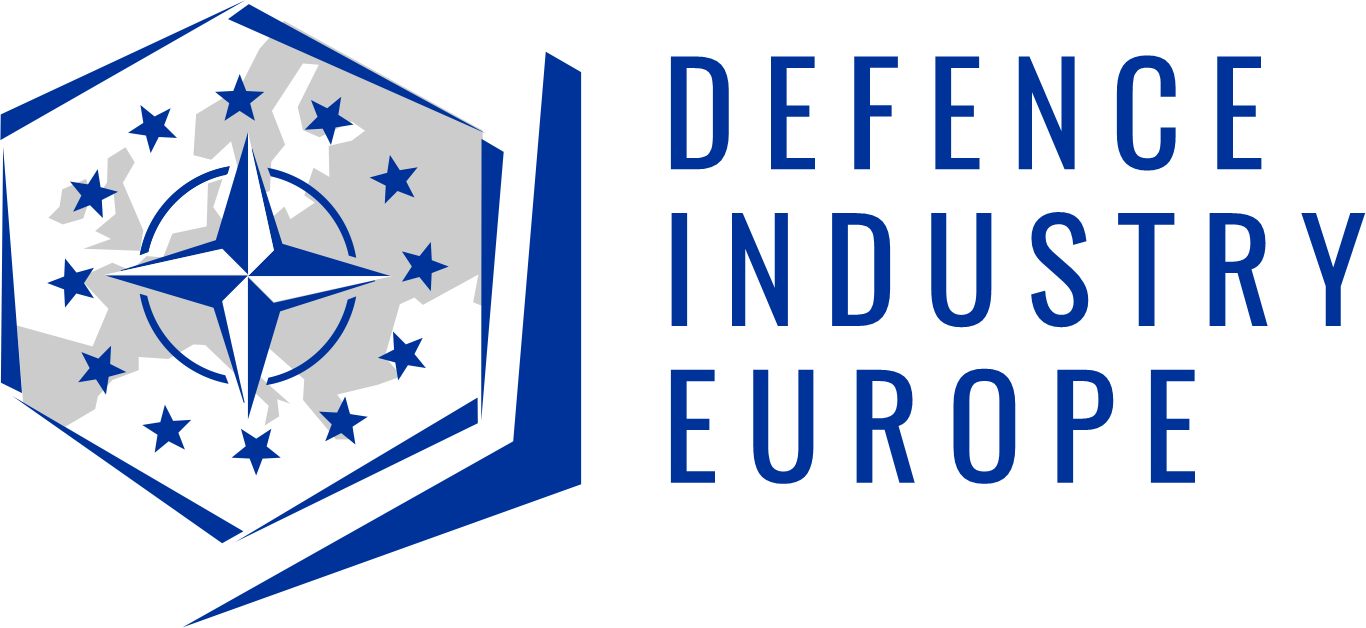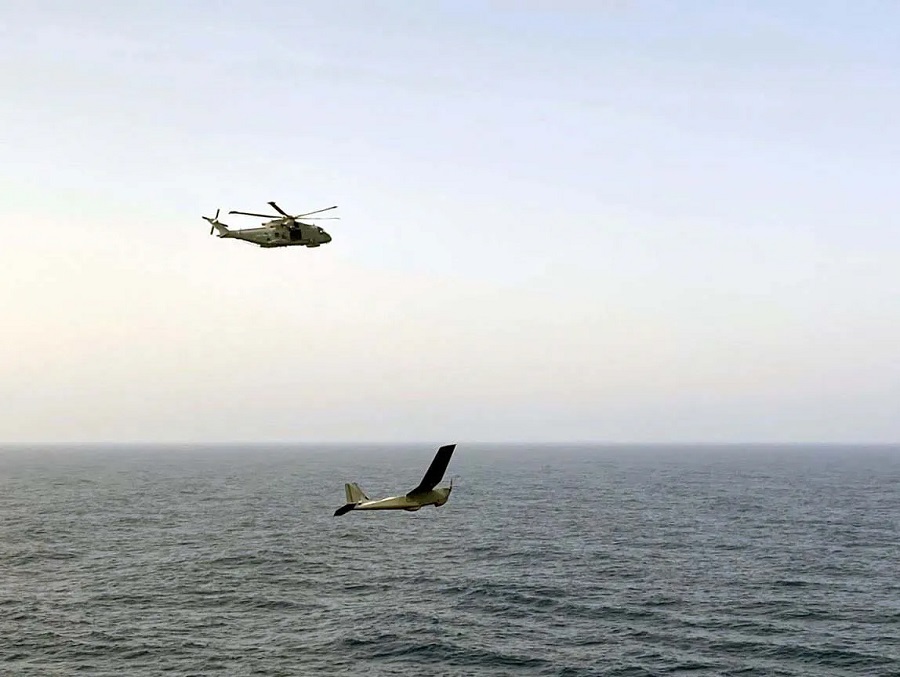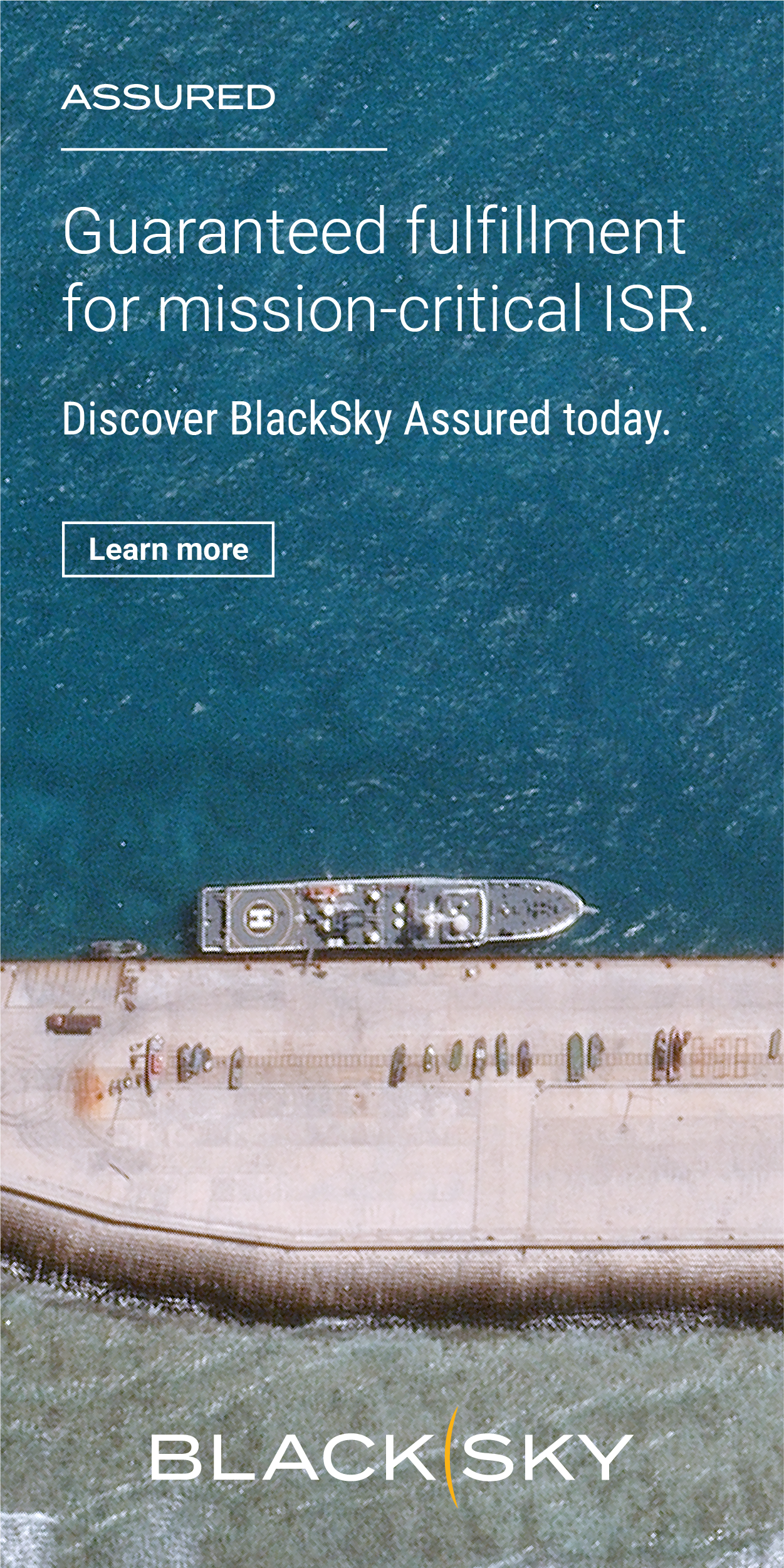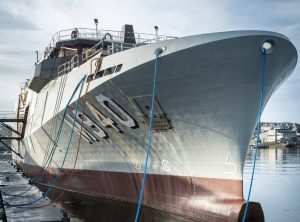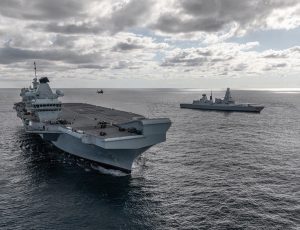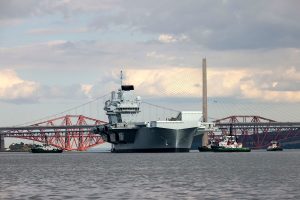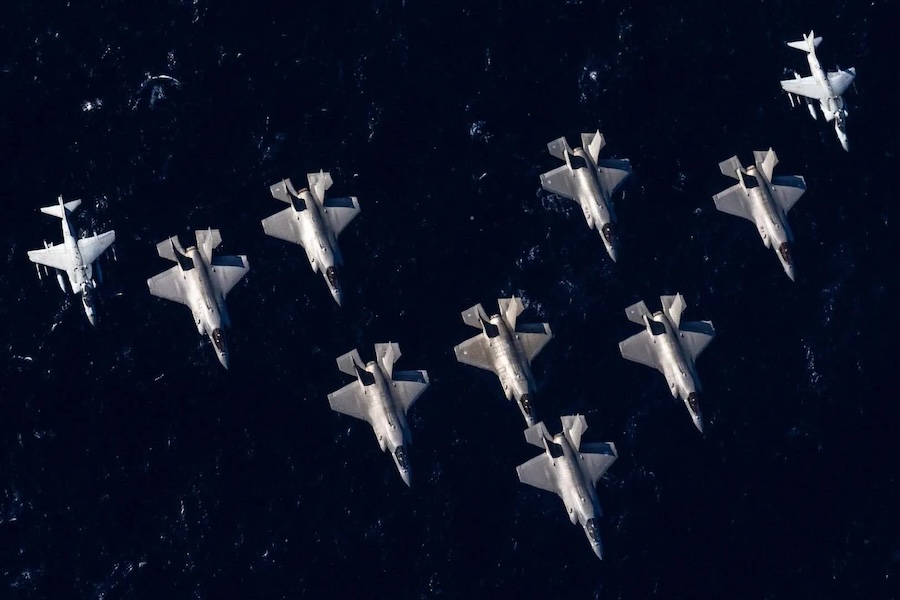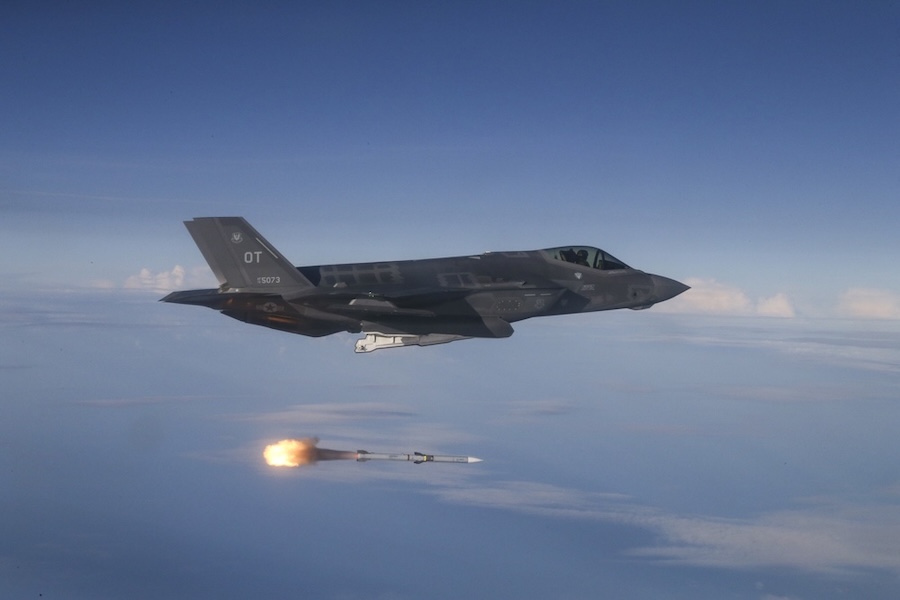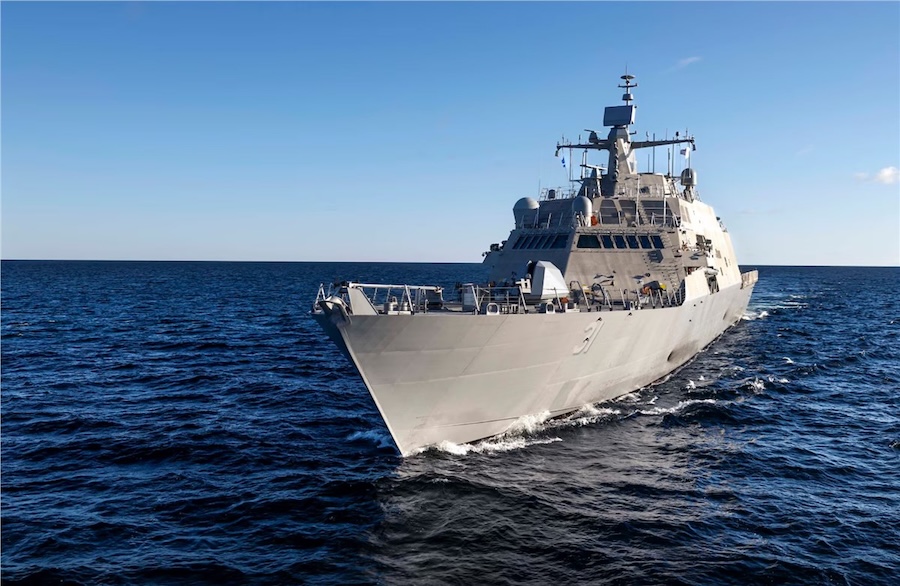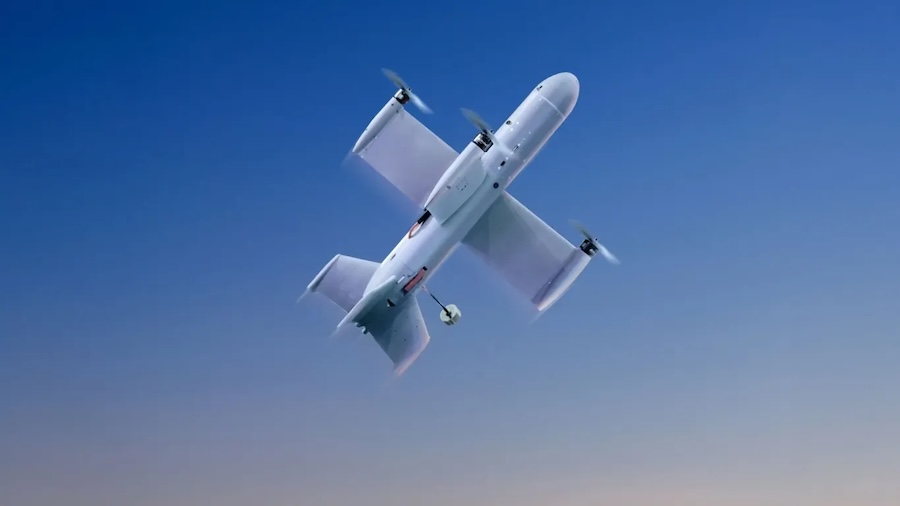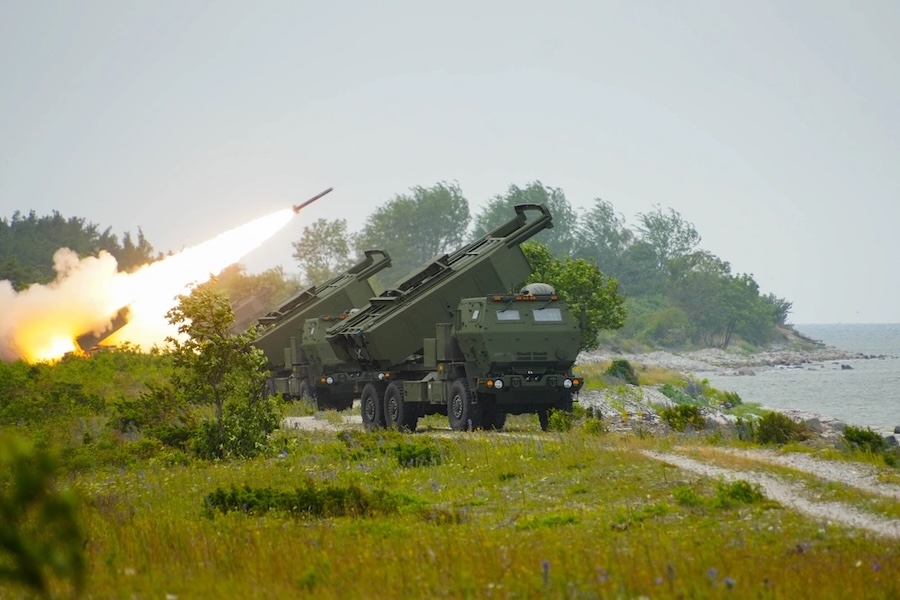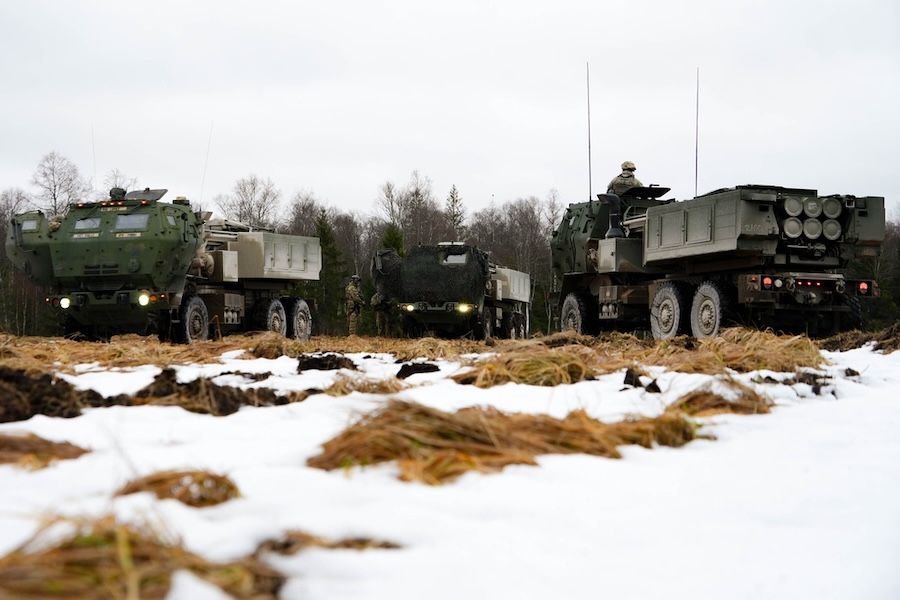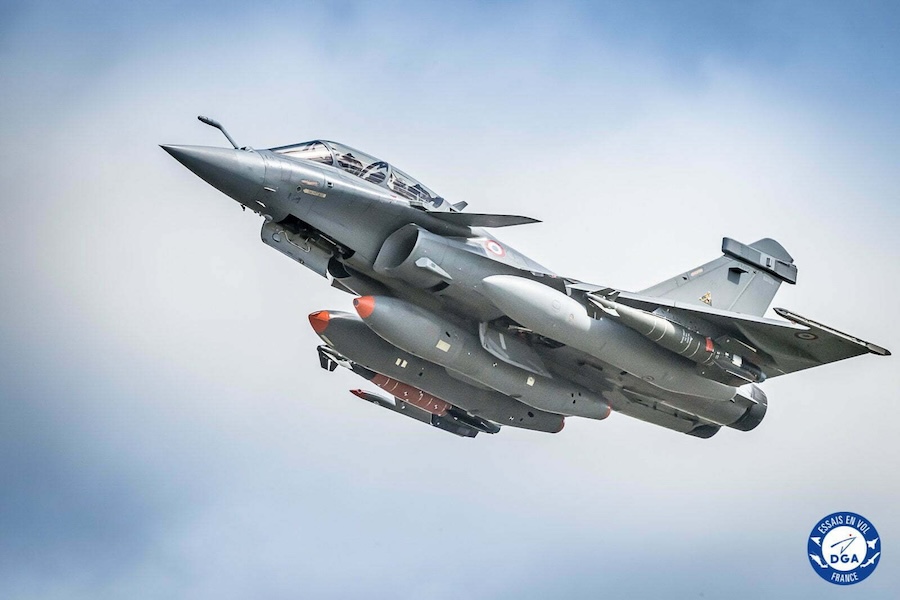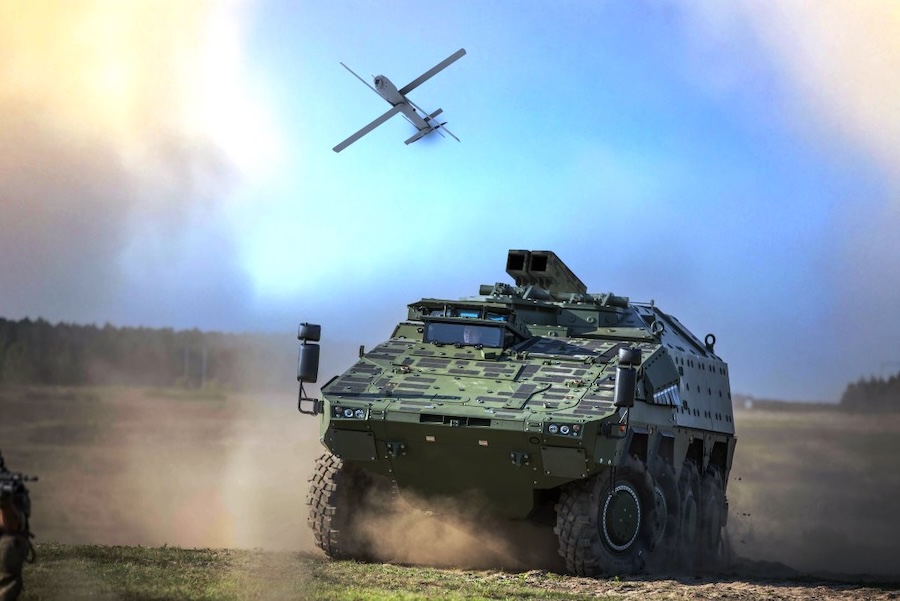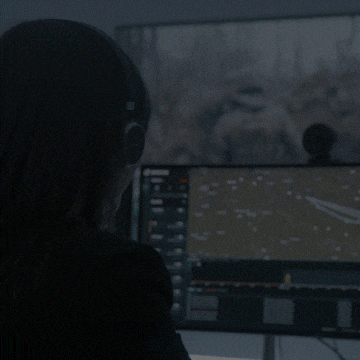The operation saw the Merlin Mk2 from 814 Naval Air Squadron flying from RFA Tidespring with its radar switched off, using real-time imagery and intelligence from the Puma drone. At just over 4½ feet long with a 9-foot wingspan, Puma is one of the smallest drones in the Fleet Air Arm, capable of two-hour reconnaissance missions.
This marks the first occasion the Royal Navy has used a drone to help direct the actions of a crewed aircraft, paving the way for a hybrid approach to air operations. The Puma is operated by 700X Naval Air Squadron, based at RNAS Culdrose, which leads the Royal Navy’s efforts in uncrewed systems.
Culdrose’s Commanding Officer, Captain James Hall, said his team is “pushing the boundaries to merge crewed and uncrewed aviation to create fully integrated air power.” He noted: “While this is only a relatively small step, it lays the groundwork for how we can build the integrated, hybrid air wing of the future.”
Captain Hall explained that this innovation enables the Navy to “work towards our ambition of routinely operating crewed and uncrewed air systems during the same operation.” He added: “The challenge for our deployed crews is to identify where drones can support our war fighting capability, and where we can further improve.”
According to Captain Hall, this approach supports “spiral development” of the drone’s capabilities, allowing rapid enhancements and adaptation for future missions. “Ultimately, we are aiming to keep improving the combination of our crewed aircraft and maritime drones to keep pace with emerging technology and to accelerate the introduction of autonomy,” he said.
He highlighted the “force multiplying effect” achieved by integrating drones and crewed aircraft, increasing overall effectiveness beyond what either could achieve alone. “A ship could easily deploy multiple drones to identify multiple possible threats,” he said, noting that although drones are not expendable, they can be operated with lower risk than manned aircraft.
Captain Hall also addressed the operational complexities of combining these systems, such as ensuring flight safety, data accuracy, and responsiveness to drone intelligence. “These are not trivial challenges and the Royal Navy is constantly developing solutions to these issues,” he said.
Puma is one of several uncrewed systems currently in Royal Navy service, including Malloy heavy-lift drones supporting logistics in the Carrier Strike Group and Peregrine mini-helicopters aiding security operations in the Gulf. RFA Tidespring, from which the operation was launched, is preparing to support the UK’s Carrier Strike Group during its 2025 deployment in the Indo-Pacific.



